On August 10, 1793, the Louvre Museum, in Paris, one of the largest and oldest museums in the world, opened its doors for the first time. One of the most famous “residents” of this emblematic museum, among 36,000 οτηερ exhibits, is the Venus of Milos, or Venus de Milo as she is more commonly known.
The marble statue of Aphrodite, which is estimated to have been made around 150-50 BC, was discovered by Georgios or Theodoros Kentrotas, a villager of Milos, in 1820 and about a year later it was transferred to the Louvre Museum, where it remains until today.
Parthenon sculptures are not Britain’s to keep
The discovery
“ELEFTHERON VIMA” of April 25, 1929 tells how Venus of Milos saw the light of the sun again, thanks to Kentrotas.
“Around the beginning of the year 1820, the Greek peasant, who was preparing his field for sowing, came across a tree trunk. He noticed that the strokes of his ax against the roots of the trunk made a hollow sound, but he did not understand what it was until the trunk was gone leaving a gaping hole.
“He fell into the hole and saw an artificial cave and at the end of the cave a massive statue of two meters. With the help of other neighbors, the cave was explored, but no other treasures were found except for the statue, whose value in gold is equal to its weight.
“The cave was obviously not a place of worship, but a crypt in which some rich man hid his Venus 2,000 years ago, when he saw the sails of the barbarian pirates on the horizon.
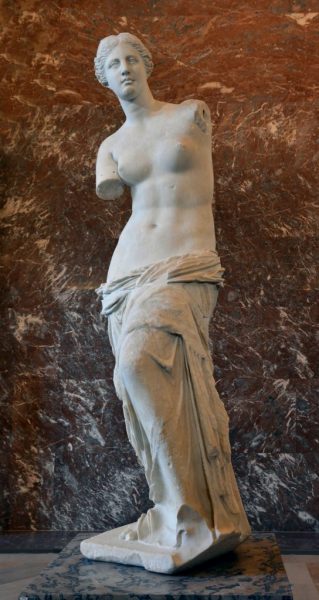
“There is no doubt that the rich man’s villa would be ransacked, and he and his relatives would be slaughtered or kidnapped. Under the ground, the jewel of ancient art remained safe and forgotten throughout the centuries.
“But it was not entirely forgotten, apparently, for one knew how it was possible to enter that crypt by another entrance, which had long since been lost and filled with earth. Perhaps one of the servants or slaves who escaped the slaughter crept into the cave to steal the famous earrings from the ears of the goddess of love.”
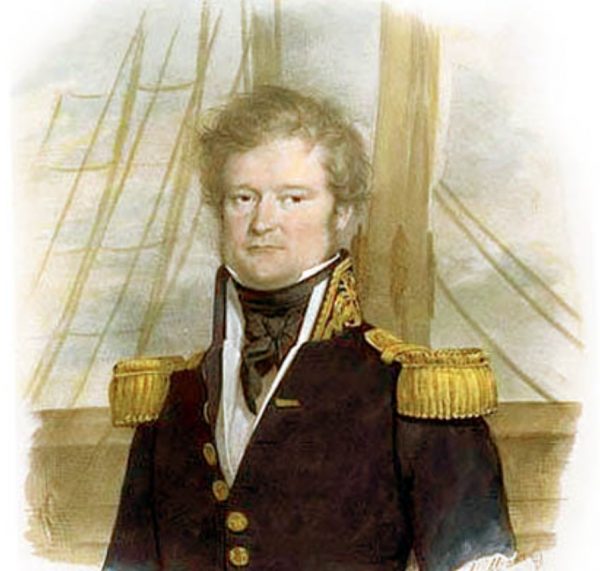
Officer Jules Dumont d’Yurville
The French are coming
In April 1820, a French ship arrived in Milos. This arrival bought turmoil for the future of Aphrodite of Milos.
“In April 1820”, continues the “ELEFTHERONVIMA” of 1929, “exactly on the trail of this discovery, a small French ship sailed into the port of Milos. With the other officers, who went ashore, was Dumont d’Urville, who was destined to become a famous navigator and explorer, but was then an unknown ensign, who knew Greek and Latin and was also a hbotanist.
“When the French consular agent told him that a statue had been found in a cave, he extended his inquiries from the discovery of rare plants and went to the spot with Lieutenant Matterer.
“When he saw that brilliant piece of art he was dazzled and immediately thought that the statue should come into the possession of his king and his country.
For sale
“The villager asks for 1200 francs, but the ensign did not have the entire amount and asked the captain of the ship to make up the rest, either from his pocketor from the ship’s treasury. The governor was a straightforward man with a military sense. He had been sent to draw up hydrographic charts of the Black Sea, not to buy old statues. The small ship was also overloaded and the master did not want to add any more weight taking on the marble statue.
“Nevertheless, he agreed to allow the enthusiastic youth to go to Constantinople and report the case to the French ambassador there, the Marquis de Riviere. Greece and its islands were then part of the Ottoman Empire, and the Greeks were subordinate to the sultan.
“Dumont d’Urville easily convinced the ambassador of the importance of the find, and the Marquis sent Comte Erricon de Marseilles’ secretary in the frigate “Estafet” to take the statue.
“The ensign wished to go over as well, but his captain did not give him new permission. De Marcellus arrived in Milan at a critical moment. The peasant had accepted from Dumont d’Urville a sum of money as a down payment. In the meantime, however, an Armenian priest of the island saw Aphrodite and announced the matter to a senior clergyman of the Greek Catholic Church, who had a greater understanding than the French governor.
“The result was that the peasant received a larger amount than the priest.
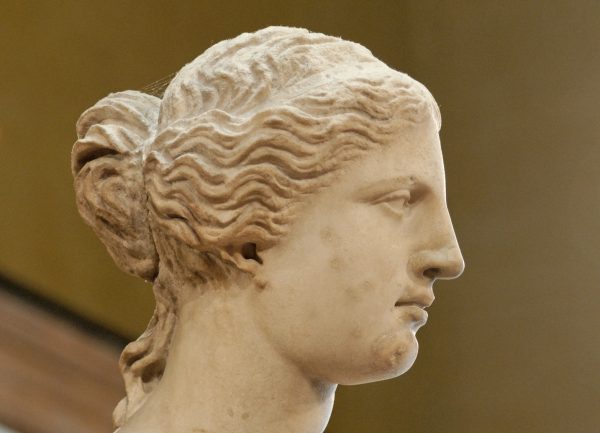
Seizure and mutilation
“When the boats of the “Estafet” reached the beach, the count saw that the lower half of the statue had already been loaded onto a ship, sent by the Greek cleric. The other half with its arms still intact was on the beach.
“(…) The French hurried and paid the villager the rest of the price and asked the Greeks for the statue, but since they had also paid, they naturally refused to hand it over.
»The beach of Milos then became the scene of one of the first battles of liberation. Maybe they broke a few heads and noses, but no luck! Aphrodite lost her arms in the fracas and the fight.
“It seems that, although the event was not recorded in the ship’s logbook, the French sailors, after seizing the upper half, then rushed on board the Greek ship and forcibly took the lower half as well. After the statue was loaded with the pieces of its arms on the “Estafet”, the French ship immediately sailed for Constantinople”.
Louis XVIII
Venus in France
The story tells how the French ambassador to Constantinople boarded the ship, at night, to see the ancient sculpture with his own eyes. When, therefore, he illuminated it with his lantern and saw it, he was dazzled and ordered the ship to leave immediately for France, without first asking permission, for the transport of the sculpture, from the Ottoman authorities.
Thus the Venus of Milos arrived in France and eventually in the possession of King Louis XVIII. The young French sailor, Dumont d’Urville, the instigator of this whole Aphrodite adventure, “was summoned before the monarch, who awarded him the order of knighthood of Saint Louis and presented him with an artistically printed and gold-bound book on Egyptian art .
“The king recommended the rapid promotion of the young standard-bearer, who in his later stage turned out to be a historical figure.”
Louis and the hands
“From his swivel chair, Louis XVIII examined the magnificent work of art for hours in its entirety. The statue’s left arm had been damaged in transit, according to the Louvre’s official chronicles.
“His majesty ordered the entire arm to be severed from the shoulder when the museum acquired the statue. The king himself decided that the statue would be more beautiful without an arm than with additional limbs.”
And so for over 200 years, the Venus of Milos has been one of the most popular exhibits of one of the world’s most popular museums.
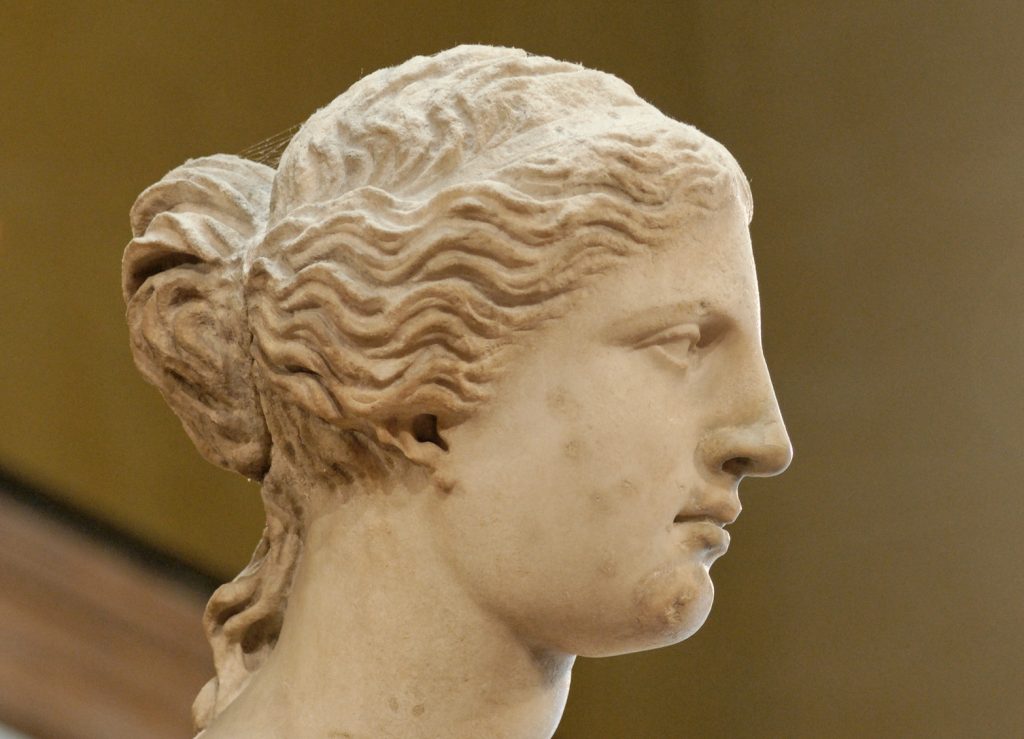



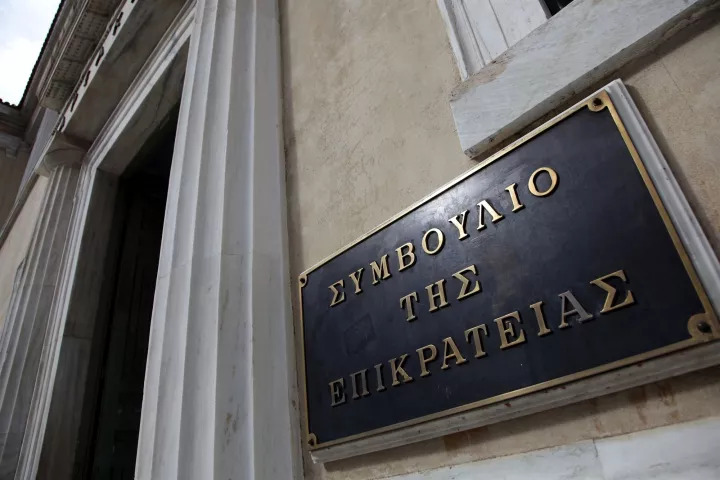






![Επενδυτικό κενό: Πόσο πρέπει να…τρέξουμε για να καλυφθεί [γραφήματα]](https://www.ot.gr/wp-content/uploads/2025/07/ot_greek_ecomomy555-1024x600-1.png)

![Ψηφιακά στοιχεία διακίνησης αποθεμάτων [Μέρος 3ο]](https://www.ot.gr/wp-content/uploads/2025/04/aade-1.jpg)



























